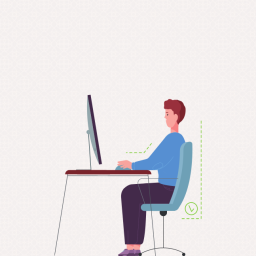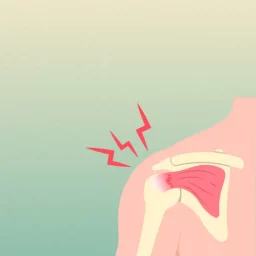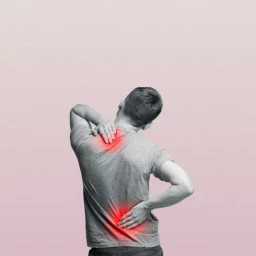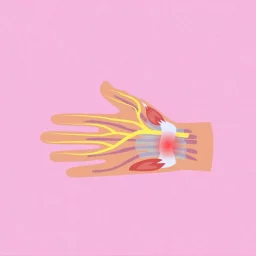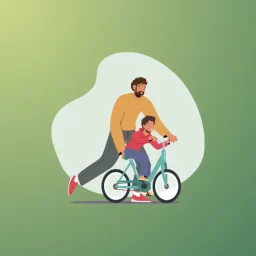The Holidays are here! The holidays bring time filled with family, food, celebration, and travel. Christmas time in Canada is the busiest time of year for travellers and the winter weather can make getting home for Christmas a test of patience.
To keep yourself comfortable and merry this holiday season, consider the following travel tips for the holidays:
Planes & Trains:
GET COMFORTABLE IMMEDIATELY
Take the time to get settled and comfortable at the beginning of your trip. Don’t carry your wallet or cell phone in your back pocket. These items throw your spine out of alignment. The smallest irritant at the beginning of your trip can turn into pain later. Wear multiple layers of clothing to keep yourself from getting too hot or too cold on your journey. An extra scarf can turn into a makeshift pillow or lumbar support in a pinch.
PAY ATTENTION TO YOUR POSTURE
Keep your chin tucked in slightly so that your head sits in line with your shoulders. Ensure your back and shoulders are aligned against the back of your seat. Sit up straight with your knees bent and slightly higher than your hips when possible. This position avoids transferring stress to your lower back. If your seat is too high, it is best to put your feet on a footrest. If you will be reading, using a phone or a tablet, bring the device or book towards you rather than moving your head forward.
BRING YOUR OWN BACK SUPPORT
Seats in trains and planes don’t always provide the right type of support for the lower back and neck. A lumbar support can be used to make your seat more comfortable and support your back. If you don’t have one or forget to bring it, a jacket, sweater or blanket rolled up can help in a pinch. An active and dynamic lumbar support like a Back Vitalizer (for sale at both our clinics) travels easily and offers support for prolonged periods of sitting. An inflatable travel pillow that fits around the neck can help avoid neck strain by providing head support while resting or sleeping in a sitting position during travel.
GET UP AND MOVE AROUND
Your body is designed to move. Prolonged sitting in one position will cause your joints and back muscles to stiffen, leading to pain and muscle spasms. Take walks up and down the aisles when safe. Movement stimulates blood circulation, which brings nutrients and oxygen to your lower back and joints.
In between exercise breaks, try moving a little in your seat. Even 10 seconds of movement and stretching is better than sitting still. Pump your ankles to keep the blood flowing and provide a stretch to your restless legs.
LIFT RIGHT
In the flurry of packing for your vacation, it’s easy to get carried away and pack everything but the kitchen sinks into your suitcase and carry-on. Over-packed luggage and improper lifting and carrying techniques are common causes of injury to the back, neck, and shoulders.
To avoid injury, move slowly when lifting a heavy piece of luggage and break the action into smaller parts whenever possible. For example, when lifting a bag into an overhead bin, it can first be lifted to the top of the seat, and then into the bin in a separate motion. Other important lifting tips include:
- When possible, place items in smaller bags, instead of one large luggage piece.
- Ensure your carry-on luggage does not weigh more than 10-15% of your body weight.
- Bend at the knees and use your legs rather than stressing the back when lifting.
- Avoid twisting at the waist while lifting. Instead, pivot with your feet and turn your whole body.
- Carry heavy items as close to your body as possible.
- Distribute weight evenly on each side of the body.
- If carrying a bag over one shoulder, switch sides often to avoid stressing the neck and shoulder.
Automobiles:
Road trips are meant to be enjoyable as you are making memories on the road. Many happy memories and Christmas traditions are born on long car trips to grandma’s house. Nevertheless, the toll of a long car drive can certainly be felt by passengers and drivers on their backs, necks, and shoulders.
Plan scheduled stops where possible—ideally every hour. Get out of the car to move around and stretch.
If you are the driver, use cruise control to have both feet on the floor for periods. If using cruise control is not an option, keep your left foot on the dead pedal. This will keep your hips aligned when driving. The goal is to avoid having one leg extended while the other is flexed.
Driving can also be tough on the upper back. Keep a large pillow in the car that you can place on your lap for long-distance driving. This will allow you to rest your arms while still reaching the steering wheel. For more tips on long-distance driving and how to properly position your car seat, read this blog here.
When it comes to getting comfy for a long trip, there is no one solution and it may take some effort to find what works best for you. Move your seat, hold the wheel differently, and take turns driving – just don’t let it take its toll.
We hope you can keep the stress of travelling to a minimum and make your journey more pleasurable with these travel tips. Awareness of common mistakes such as those mentioned above will help you to avoid injury from improper lifting or sitting postures. A little planning ahead of time will make this holiday season’s travel as comfortable as possible so you feel your best spending time with those most important.
Happy Holidays!
From the whole team at CURAVITA Glebe and Byward.
For more information or to book an appointment with one of our chiropractors, physiotherapists or massage therapists, visit our clinic websites at Curavita Byward and Curavita Glebe.
Byward Market
Email: info.byward@curavita.com
Glebe
Email: info.glebe@curavita.com



